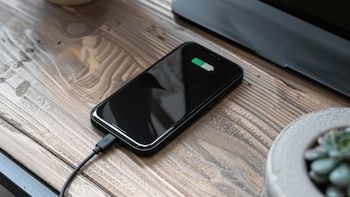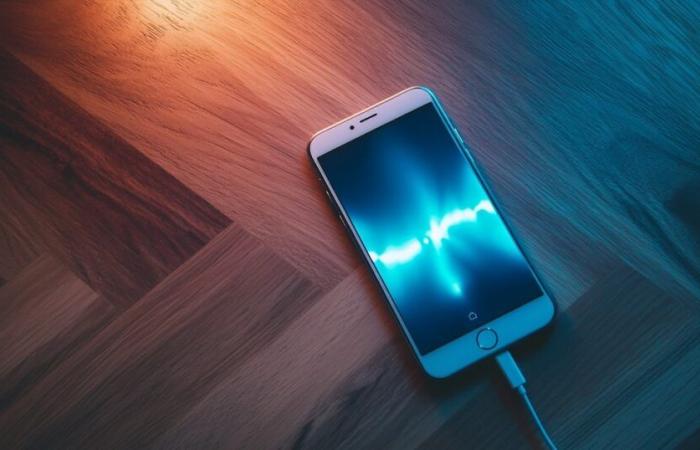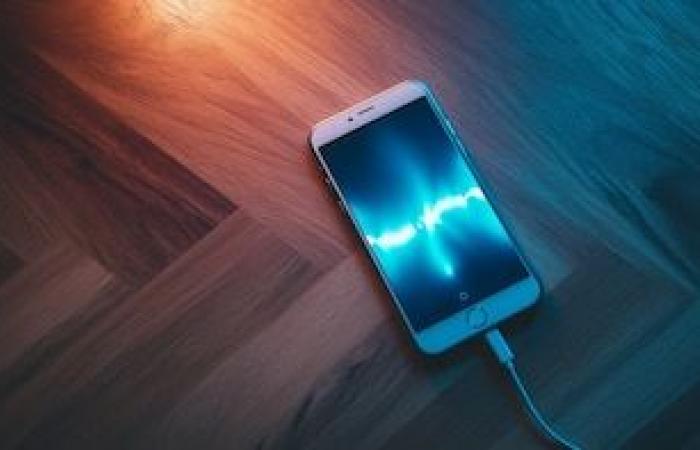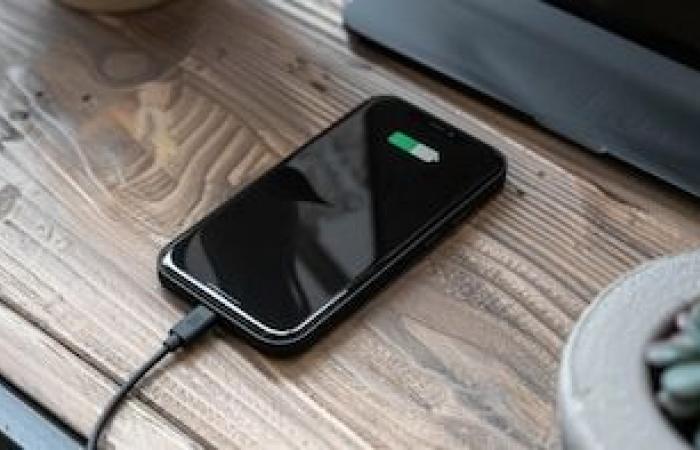Loading a smartphone to 100% capacity is a usual practice. However, so much Manufacturers such as technology experts have warned that this action can accelerate battery wear In the long term.
Most current mobile phones use lithium -ion batteries. This type of battery works through loading and download cycles, and its useful life is determined by the number of these cyclesas well as for the conditions under which they are charged and used.
A complete load cycle is defined as the accumulated use of 100% of the battery capacitynot necessarily in a single load.

Several technical studies have identified that Keeping lithium batteries in full load for prolonged periods causes chemical tension in internal cells. This tension translates into a progressive loss of capacity.
Therefore, keeping the load in intermediate ranges can contribute to preserve its performance in time.
Apple explains in its official site that Its devices use optimized load to reduce the time that an iPhone passes completely loaded. This function, active by default from iOS 13, delays the load beyond 80% in some cases.
According to the company, “the iPhone learns from the daily cargo routine to wait to complete the load beyond 80% until it is necessary to use it.”

Google, meanwhile, indicates in its help center that The Android operating system automatically manages the battery and recommends maintaining the load level between 20% and 80% to prolong your useful life.
Samsung has also included similar functions, such as The option to limit the load to 85% in some models through the device maintenance menu.
-For its part, Sony was one of the first companies to incorporate technologies to avoid full load in certain scenarios. In its Xperia devices, the “Battery Care” function analyzes user habits and adjusts the load speed To minimize degradation.
Several technical studies have confirmed that maintaining a constantly 100% lithium battery or exposing it at high temperatures accelerates its deterioration.

According to a report from Battery University, an educational portal backed by CADEX Electronics, load a lithium -ion battery until its maximum capacity and keep it there It generates chemical tension inside the cell, which degrades its performance over time.
The same site details that Load up to 100% and download to 0% frequently can reduce the total number of load cycles Available, which implies that the battery will lose capacity more quickly.
In contrast, they suggest that maintaining it within a range of 30% to 80% reduces the stress to which it is subjected.

Many current devices They integrate intelligent load algorithms that seek to reduce 100%prolonged exposure. This technology analyzes user use habits and adjusts the load to complete just before the usual disconnection time.
In this way, the device remains as much time as possible in total load, which reduces wear.
Some loaders also incorporate microcontrollers capable of managing the power supplied and stopping or slowing down the flow once a certain level is reached. This does not prevent the device from reaching 100%, but it can help reduce exposure time to the maximum load.

Both the recommendations of the manufacturers and the technical studies agree that avoiding the frequent full load, Maintaining the battery level in intermediate ranges and using optimization functions helps reduce battery wear Over time.












